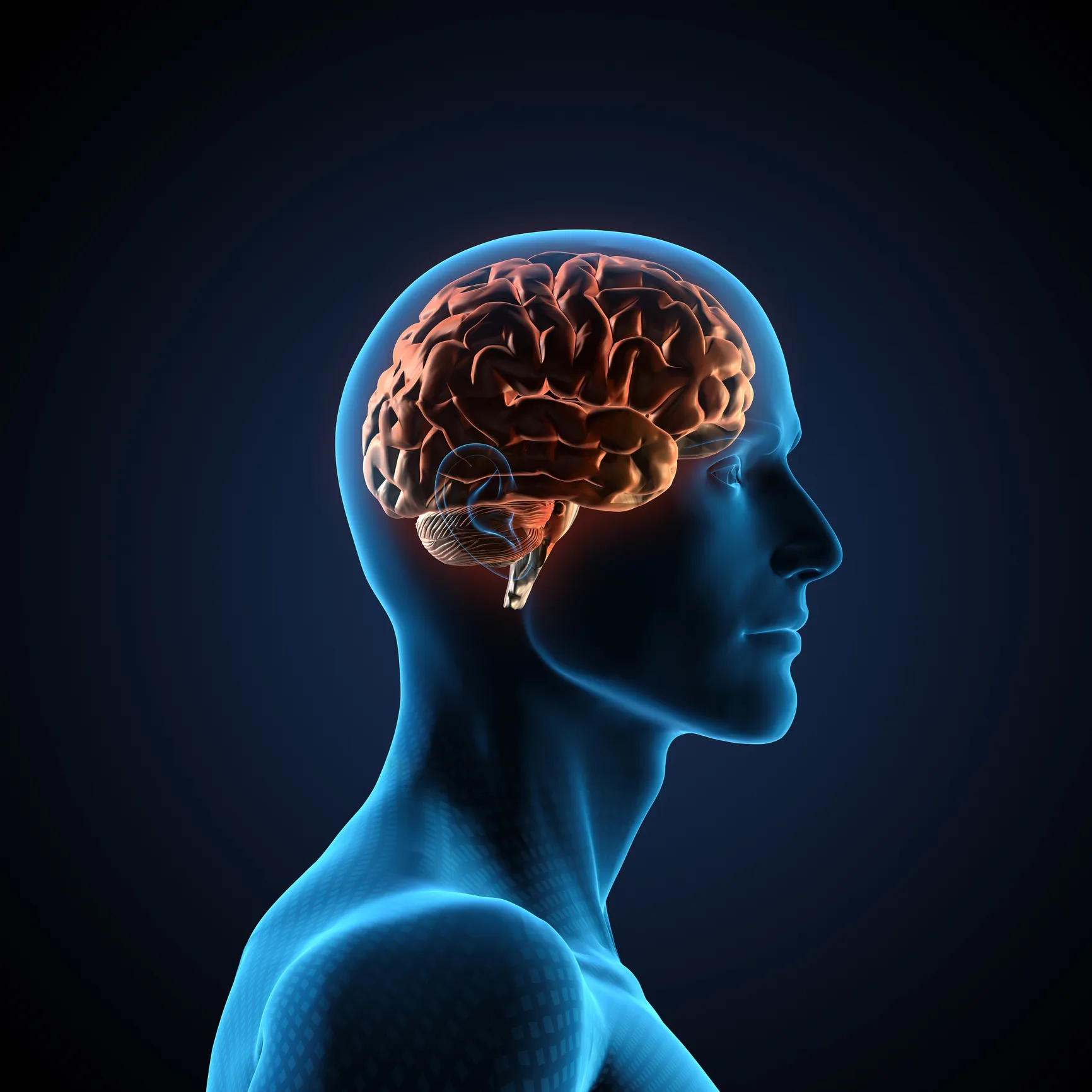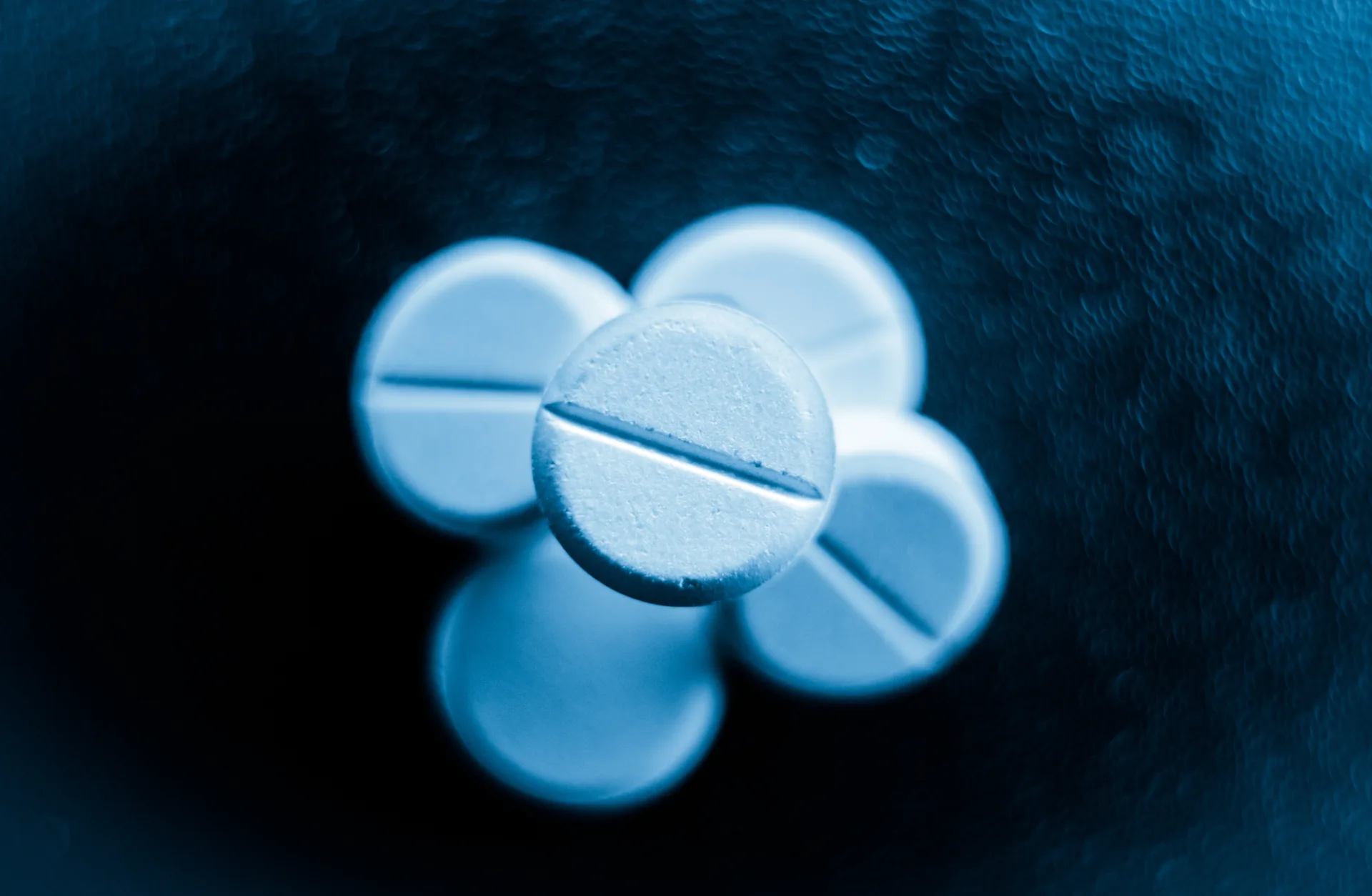
What Is an EtG Test? How Long Can It Detect Alcohol?
An EtG (ethyl glucuronide) test is a highly sensitive method used to detect alcohol consumption. Unlike breathalyzer tests that measure current intoxication, EtG tests identify alcohol metabolites in urine, offering a longer detection window. This makes them useful for sobriety monitoring, legal cases and workplace alcohol testing.
How Does an EtG Test Work?
When alcohol is consumed, the body metabolizes it, and a portion is converted into ethyl glucuronide (EtG). This metabolite is excreted through urine, making it a reliable indicator of recent alcohol consumption.
Common EtG Testing Methods
- Urine tests: The most common, detecting EtG up to 80 hours after drinking
- Hair tests: Can detect alcohol use for up to 90 days but are less common
- Blood tests: Used in specific medical or legal cases
- Nail tests: Rare but can indicate alcohol consumption over several months
How Long Can an EtG Test Detect Alcohol?
The detection window of an EtG test depends on several factors, including the amount of alcohol consumed and individual metabolism rates.
- Light to moderate drinking: EtG can be detected for up to 48 hours
- Heavy alcohol use: Detection extends to 72-96 hours
- Extreme cases: Some reports suggest EtG may be present for up to 80 hours, but this varies
Factors That Influence EtG Test Results
- Alcohol intake: More alcohol increases detection time.
- Hydration levels: Drinking large amounts of water may reduce EtG concentration.
- Metabolism: Faster metabolism shortens detection time.
- Incidental exposure: Mouthwash, hand sanitizers and household products with alcohol can trigger false positives.
Benefits of EtG Testing
- Longer detection period: Unlike breathalyzers, EtG tests can identify alcohol use days after consumption.
- Non-invasive: A simple urine sample is all that’s needed.
- Used for sobriety monitoring: Common in rehab programs, legal cases and workplace testing.
Limitations of EtG Tests
- False positives: Exposure to alcohol-containing products can sometimes cause misleading results.
- Not a measure of intoxication: The test shows alcohol consumption history, not current impairment.
- Detection windows vary: The widely cited “80-hour rule” isn’t always reliable for every individual.
Final Thoughts on EtG Testing
The EtG test is a valuable tool for detecting recent alcohol consumption, especially in legal, professional and rehabilitation settings. However, understanding its limitations—such as the potential for false positives and variable detection windows—is essential.
If you need EtG testing for alcohol detection, it’s important to use a trusted provider that follows best practices for accuracy and reliability.








